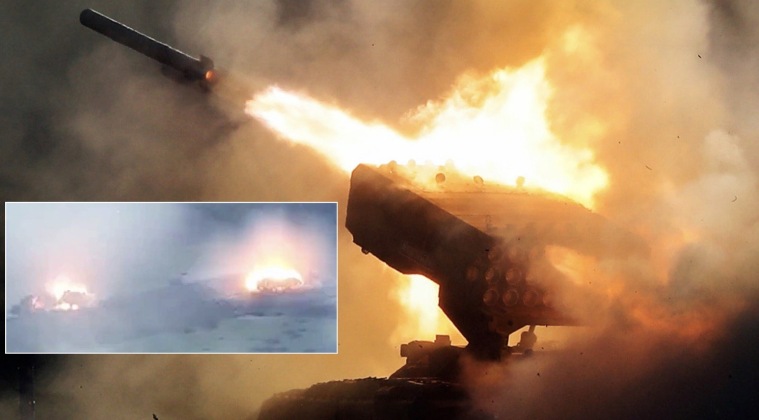News
Ukrainian Officer Reveals 80-90% Casualty Rates Among ‘Cannon Fodder’ Conscript Units
Senior conscription officer in Ukraine’s Poltava Region Lieutenant Colonel Vitaly Berezhnyon September 15 revealed that units have been taking very extreme casualties in combat with Russian forces, providing the latest of multiple indications that personnel losses are becoming increasingly unsustainable. “Out of 100 people who joined the units last fall, 10-20 remain, the rest are dead, wounded or disabled,” Berezhnyon observed, indicating a casualty rate of 80-90 percent in conscript units within the past year. Berezhnyon’s statement was far from isolated, with Ukrainian Ambassador to Britain and former foreign minister Vadim Pristaiko in April indicating catastrophic personnel losses. “It has been our policy from the start not to discuss our losses. When the war is over, we will acknowledge this. I think it will be a horrible number,” he observed at the time. This preceded the initiation of Ukrainian offensives against Russian positions in early June, which according to Russian government sources have alone seen Ukrainian forces take over 70,000 casualties. With a population of over 40 million, and with wartime mobilisation affecting men between 18 and 60, Ukraine’s considerable manpower has allowed it to sustain immense casualties over along period, with this potentially being sustainable beyond 2024 so long as the bulk of losses continue to be concentrated among conscript units. The Ukrainian Defence Ministry nevertheless earlier in September widened the range of citizens eligible for conscription to include men with hepatitis, HIV without symptoms, and clinically treated tuberculosis.

Regarding the use of conscripts by the Ukrainian Army, a Wall Street Journal report in May highlighted that poor men from villages had been furnished them with Soviet-era rifles and uniforms sent to the frontlines after just two nights at a base, with officers insisting that they learn on the battlefield to compensate for the almost total lack of training. The Journal added that Kiev sent “mobilised soldiers and territorial defence units, sometimes with patchy training and equipment” to the frontlines, “in an effort to preserve brigades trained and equipped by the West for a widely anticipated offensive.” It observed that conscripts referred to the frontlines in Bakhmut as “hell on earth.” Sources from the frontlines have widely referred to immense casualties within conscript units in “meat grinder” offensives, with former U.S. Marine Troy Offenbecker who fought in Bakhmut summarising that Ukrainian and allied forces in the city faced: “a lot of casualties. The life expectancy is around four hours on the frontline.” Clashes were ”chaotic” and were dubbed “the meat grinder” by the Ukrainians, he added, with Russian artillery strikes being “nonstop,” while Western claims of Russian ammunition shortages appeared far removed from the reality on the ground. Former Deutsche Welle journalist from Kiev Konstantin Goncharov, who joined the military when the war began, stated when speaking to the German state outlet after time on the frontlines: “In Bakhmut of course its just a meat grinder. Many recruits who go there [pause] its a lottery for their lives,” adding that the “intensity of fighting and artillery shelling was colossal.”












